High, higher, the highest! – La Paz is definitely the city of superlatives when it comes to height, also in terms of difference in altitude within the very city. The city’s wealthy neighborhoods are located in the lowlands, at 3.200 meters, its very center at 3.660m and El Alto, at 4.050m, which makes it the highest capital of the world. In most cities the fancy hoods are higher up whereas the cheap quarters are down under. Why is this reversed in La Paz? If you ever felt the difference in temperature of 800 meters at that altitude, with heating basically unknown, you will understand why the haves do not mind to be looked down upon.
About 60% of Bolivia’s population is of indigenous descent, and this is very obvious once arriving in La Paz. Since we have travelled through rural Peru for more than a month we were used to seeing most women wearing the traditional dresses, even in a big city, whereas tourists whose first destination is Bolivia are usually struck by this sight. In Bolivia these women are called “Cholas”, their outfit usually consists of a black bowler hat, a horizontal multi-layered skirt, an apron, a woollen “Chompa”, a shawl and a colourful woven piece of cloths that is slung round the shoulders to carry everything from shopping to babies or both. Most women normally braid their hair into two long plaits and tie them with a big tuff of black wool.
The typical street scene is a sidewalk lined with vendors squatting there all day, trying to sell anything from food, clothes, household items, DVDs, you name it … Most shopping is still done on the street or at markets, the vendors are mostly women, who often have theirs babies / children with them, wrapped in blankets or once they are able to sit, they are placed in paper box with a toy, older children roam around.
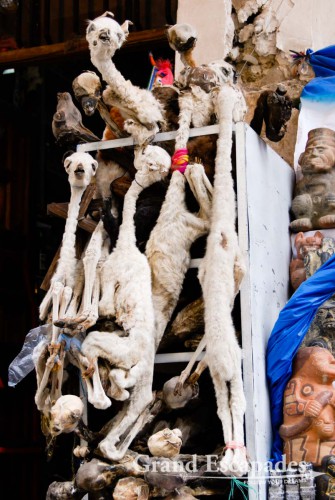
At the Witches Market downtown La Paz … In almost every shop you can buy those obviously dead llama fetuses.
An army of shoe shine boys or Lustrabotes” is another prominent image in La Paz. They are primarily noticeable by the way they dress. Wide baggy pants and pullovers, often a vest over it but most striking is their head dress, a baseball caps with a woolen ski mask pulled over it which leaves only the eyes visible. This appearance gives them a bit of a daredevil look, and also defines them as a group but most likely it is used to stay anonymous. Very often they are students who do not want to be identified doing such low status job.
One of the most interesting sights is the extremely educational Coca Museum which explains the leaf’s role in traditional societies and its wide spread use during colonial times, when it became the main calorie input of the enslaved population helping them to endure the indescribable working conditions in the mines. It also describes its use by the soft drink and pharmaceutical industry and devastating drug it can be turned into in make-shift laboratories in the jungle.

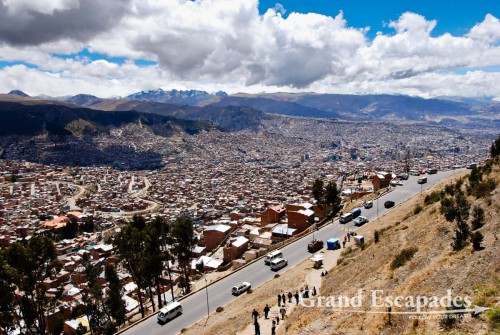
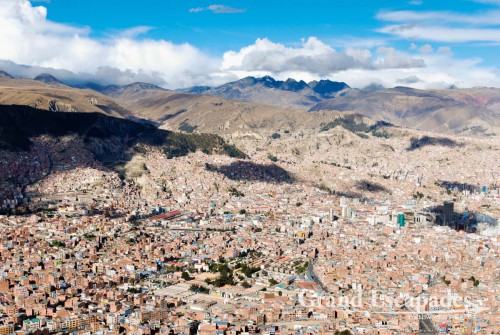
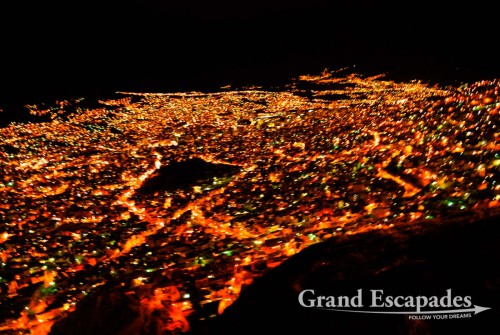
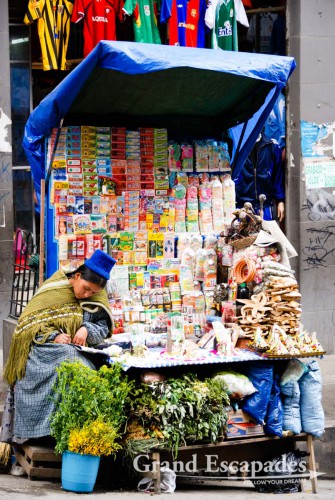
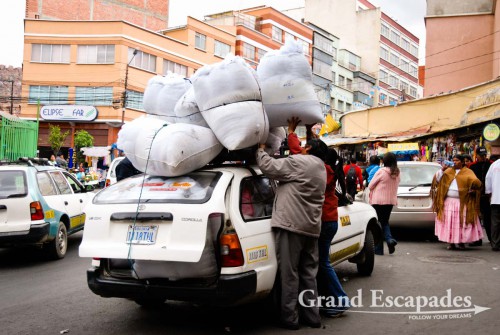
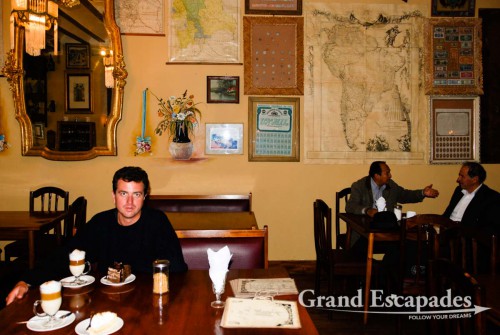
No comments yet.